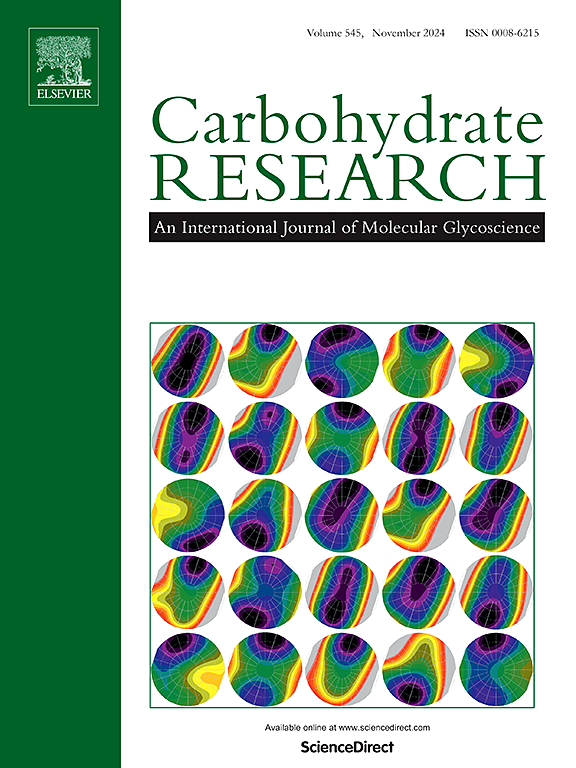膳食纤维改性:物理、化学、生物、复合技术及其对食品应用的生物活性影响的比较研究
IF 2.5
3区 化学
Q3 BIOCHEMISTRY & MOLECULAR BIOLOGY
引用次数: 0
摘要
每天食用各种各样的植物导致直接处理大量的副产品,其中之一是膳食纤维(DF),这是一种潜在的有益的生物活性化合物,在垃圾桶里。营养学家认为DF是人类第七大重要的营养素。它的许多健康优势包括增强肠道菌群,降低肥胖和心血管疾病的风险等等。因此,对植物纤维进行改性以获得高产优质的膳食纤维(包括可溶性和不可溶性膳食纤维)一直是功能食品加工领域的研究热点。本文综述了近十年来研究的DFs改性方法(物理、化学、生物和组合),以及这些方法对DFs功能特性的不同影响。探讨了相关分析及其在不同食品系统中的应用,并展望了各种DF方法的发展前景。这一综述有助于确定最佳的DF改性方法和实现DF改性的更大工业化。此外,改性DF在食品体系中的应用也提高了日粮中膳食纤维的补充。本文章由计算机程序翻译,如有差异,请以英文原文为准。

Dietary fiber modification: A comparative study of physical, chemical, biological, combined technologies and bioactive impact on food applications
Daily consumption of a vast variety of plants leads to the direct disposal of a huge number of by-products, one of which is dietary fiber (DF), which are potentially advantageous bioactive compounds, in the ashcan. Nutritionists regard DF as the seventh most significant nutrient for humans. Among its many health advantages are enhanced gut flora, decreased risk of obesity and cardiovascular disorder and many more. As a result, research into plant DF modification to get high production and quality DFs (both soluble and insoluble dietary fiber) has long been a hot issue in the realm of functional food processing.The modification approaches (physical, chemical, biological, and combination) for DFs that have been studied over the past ten years are reviewed in this article, along with the varying impacts that these methods have had on the functional characteristics of DFs. The corelative analysis, its application in different food systems, and prospects of various DF approaches are explored. This review may help in determining the best DF modification approach and achieving greater industrialization of DF modification. Moreover, the application of modified DF in the food system also improves dietary fiber supplementation in the diet.
求助全文
通过发布文献求助,成功后即可免费获取论文全文。
去求助
来源期刊

Carbohydrate Research
化学-生化与分子生物学
CiteScore
5.00
自引率
3.20%
发文量
183
审稿时长
3.6 weeks
期刊介绍:
Carbohydrate Research publishes reports of original research in the following areas of carbohydrate science: action of enzymes, analytical chemistry, biochemistry (biosynthesis, degradation, structural and functional biochemistry, conformation, molecular recognition, enzyme mechanisms, carbohydrate-processing enzymes, including glycosidases and glycosyltransferases), chemical synthesis, isolation of natural products, physicochemical studies, reactions and their mechanisms, the study of structures and stereochemistry, and technological aspects.
Papers on polysaccharides should have a "molecular" component; that is a paper on new or modified polysaccharides should include structural information and characterization in addition to the usual studies of rheological properties and the like. A paper on a new, naturally occurring polysaccharide should include structural information, defining monosaccharide components and linkage sequence.
Papers devoted wholly or partly to X-ray crystallographic studies, or to computational aspects (molecular mechanics or molecular orbital calculations, simulations via molecular dynamics), will be considered if they meet certain criteria. For computational papers the requirements are that the methods used be specified in sufficient detail to permit replication of the results, and that the conclusions be shown to have relevance to experimental observations - the authors'' own data or data from the literature. Specific directions for the presentation of X-ray data are given below under Results and "discussion".
 求助内容:
求助内容: 应助结果提醒方式:
应助结果提醒方式:


